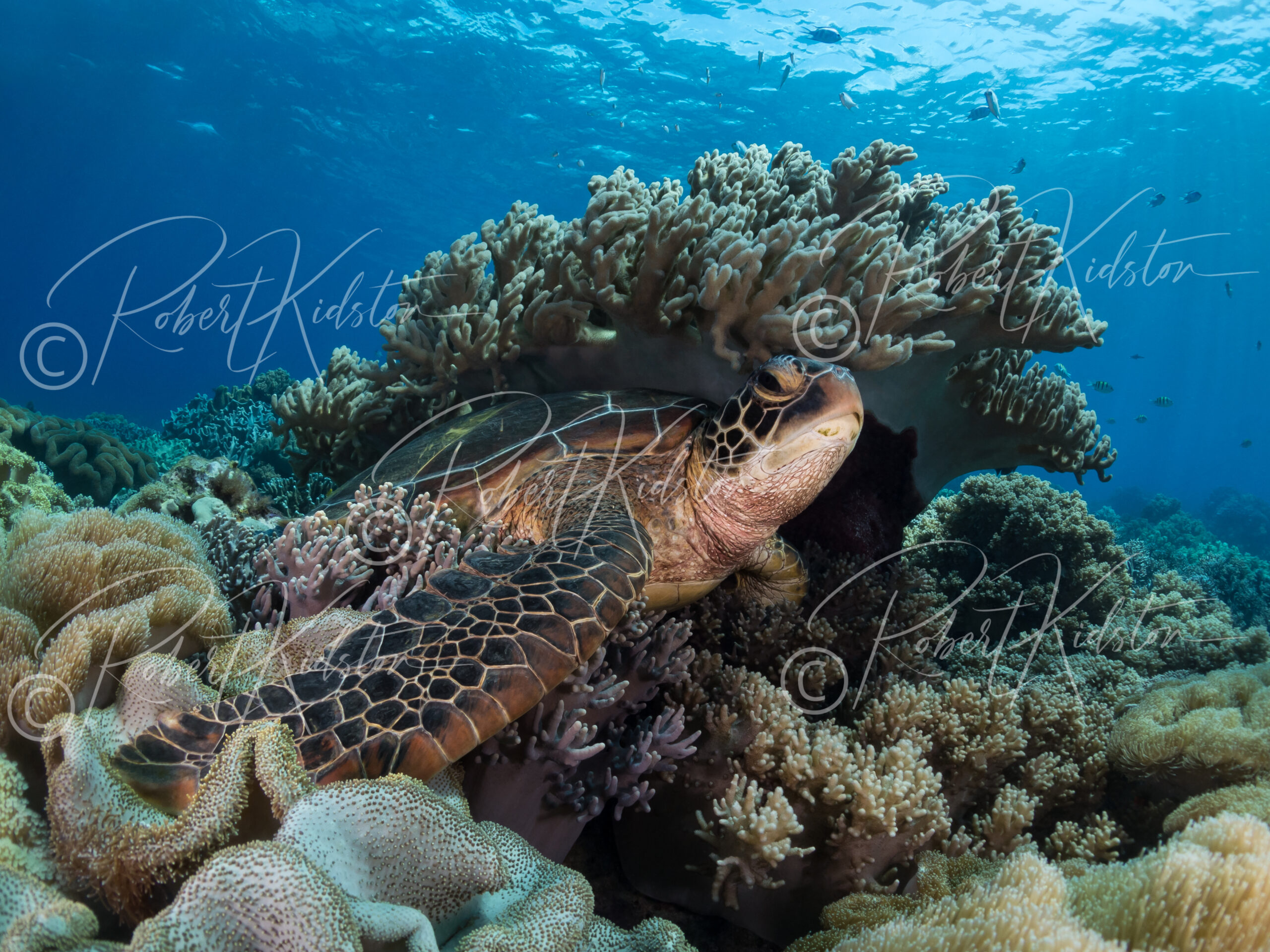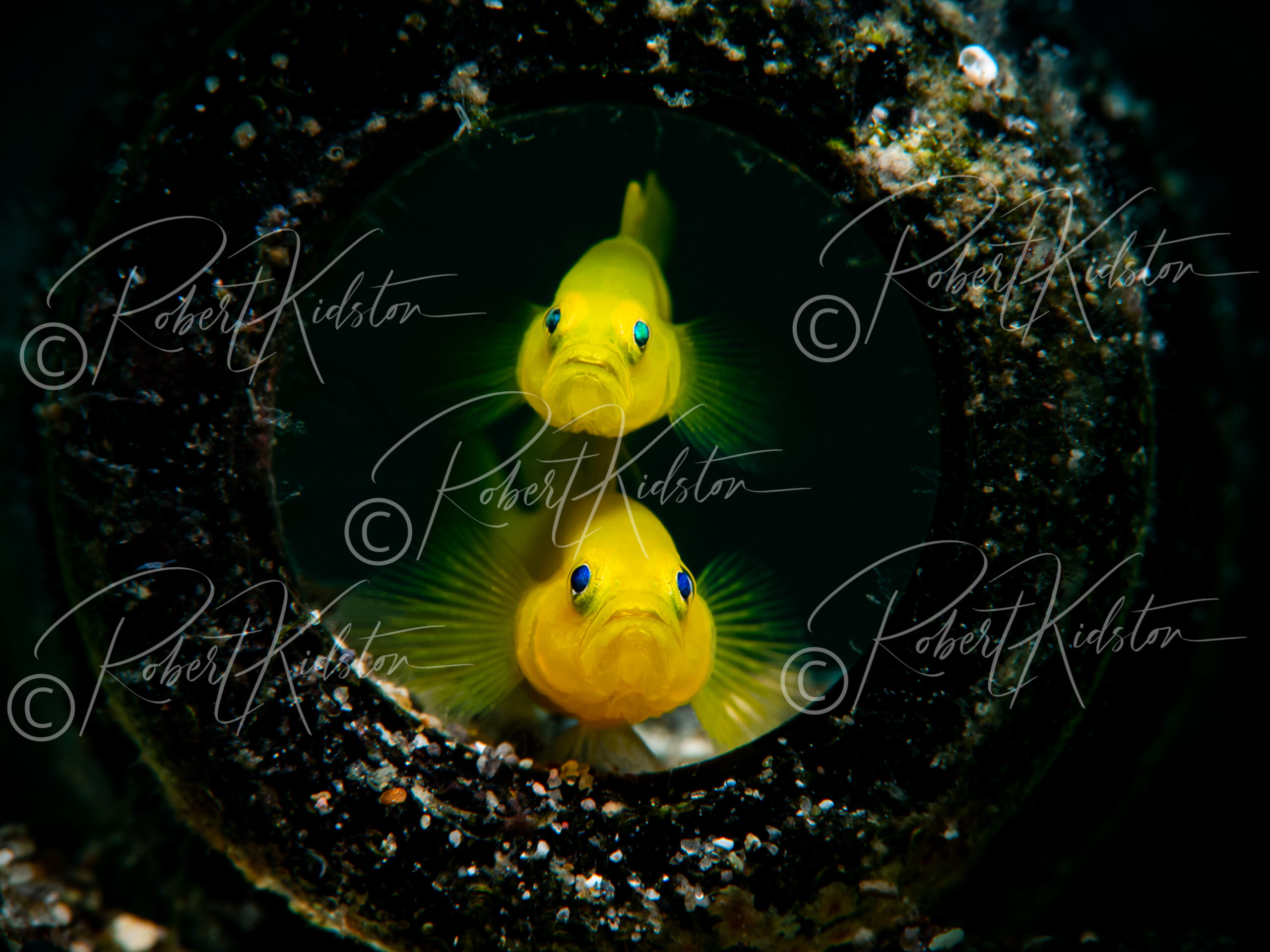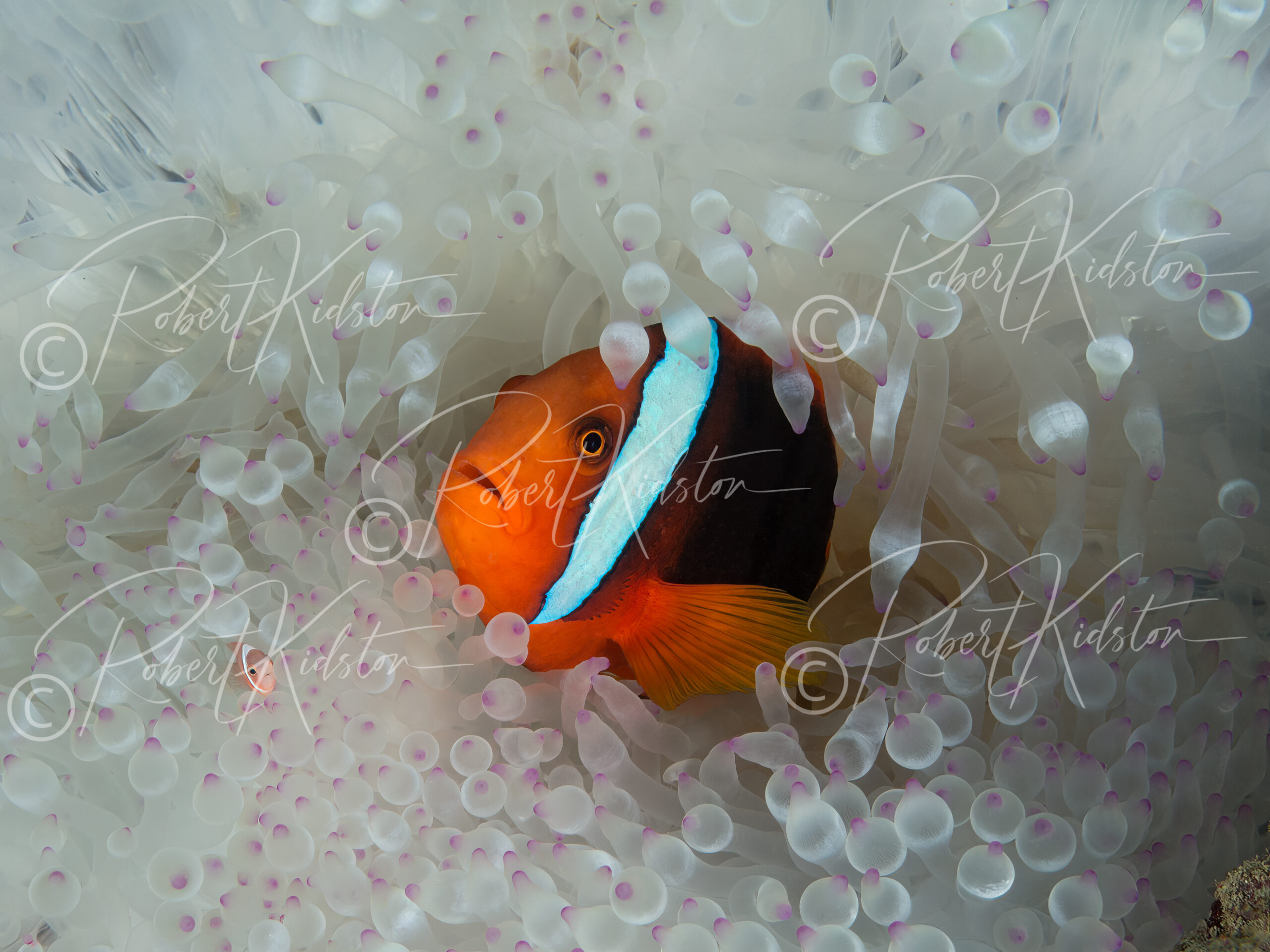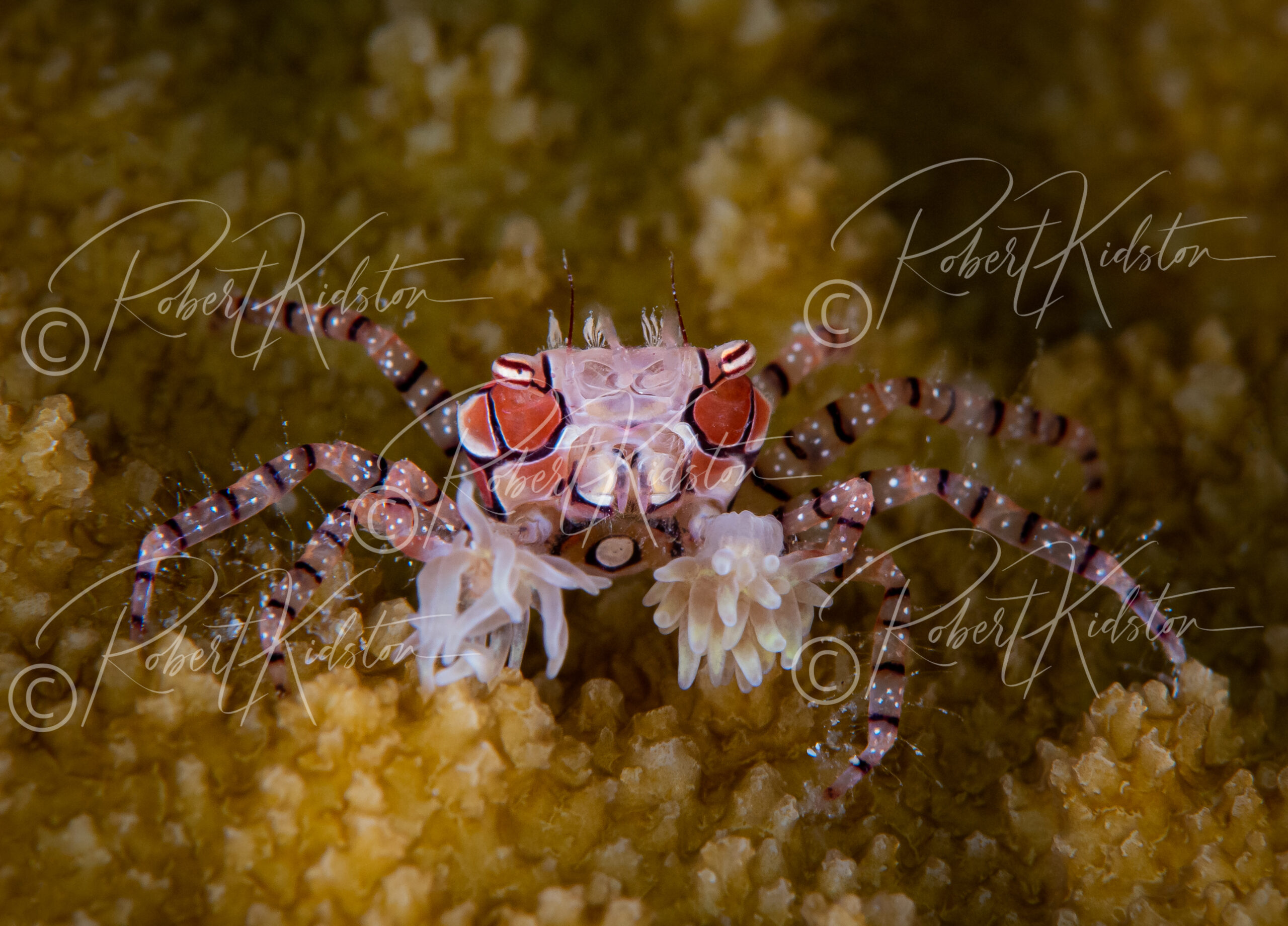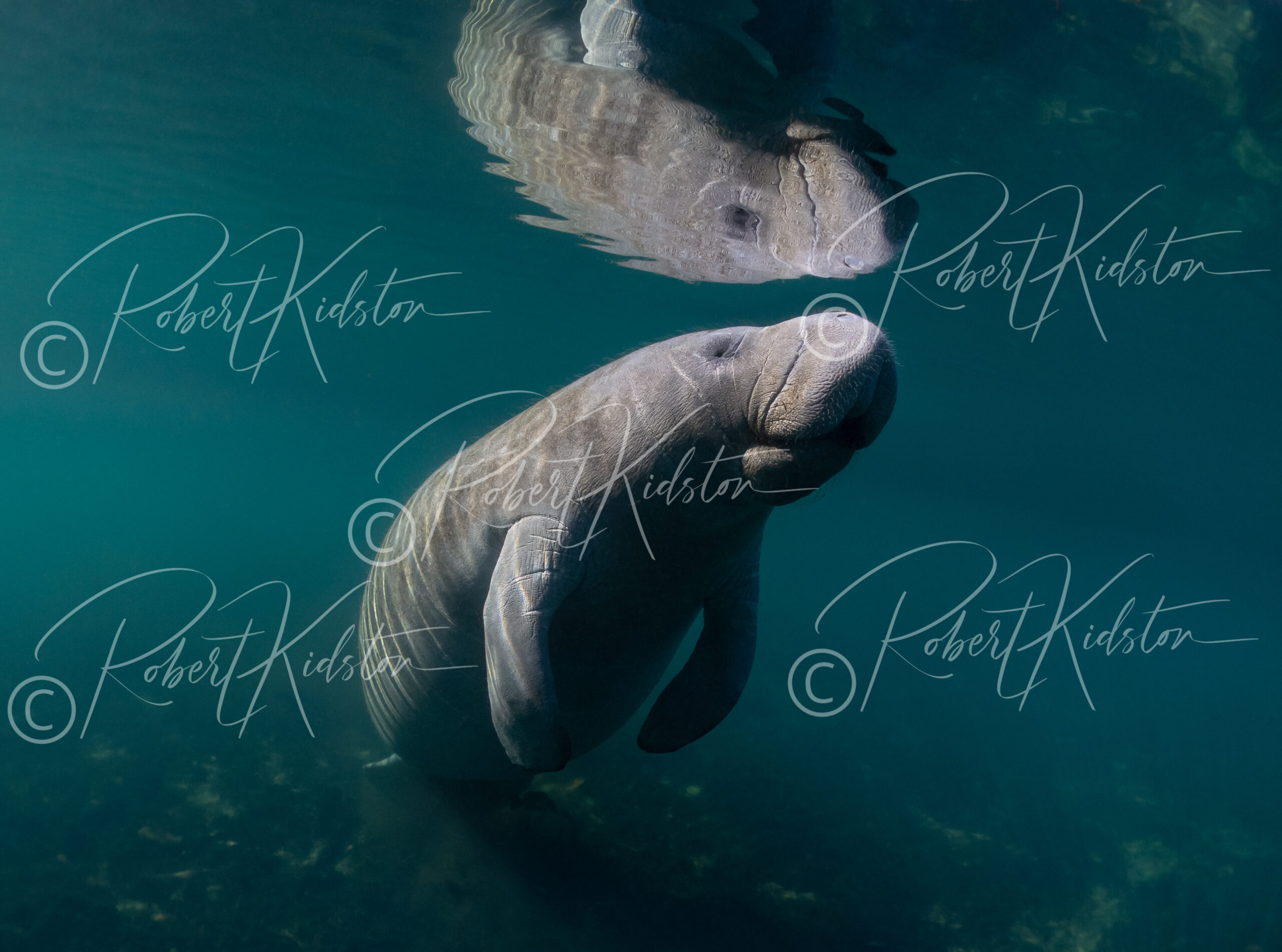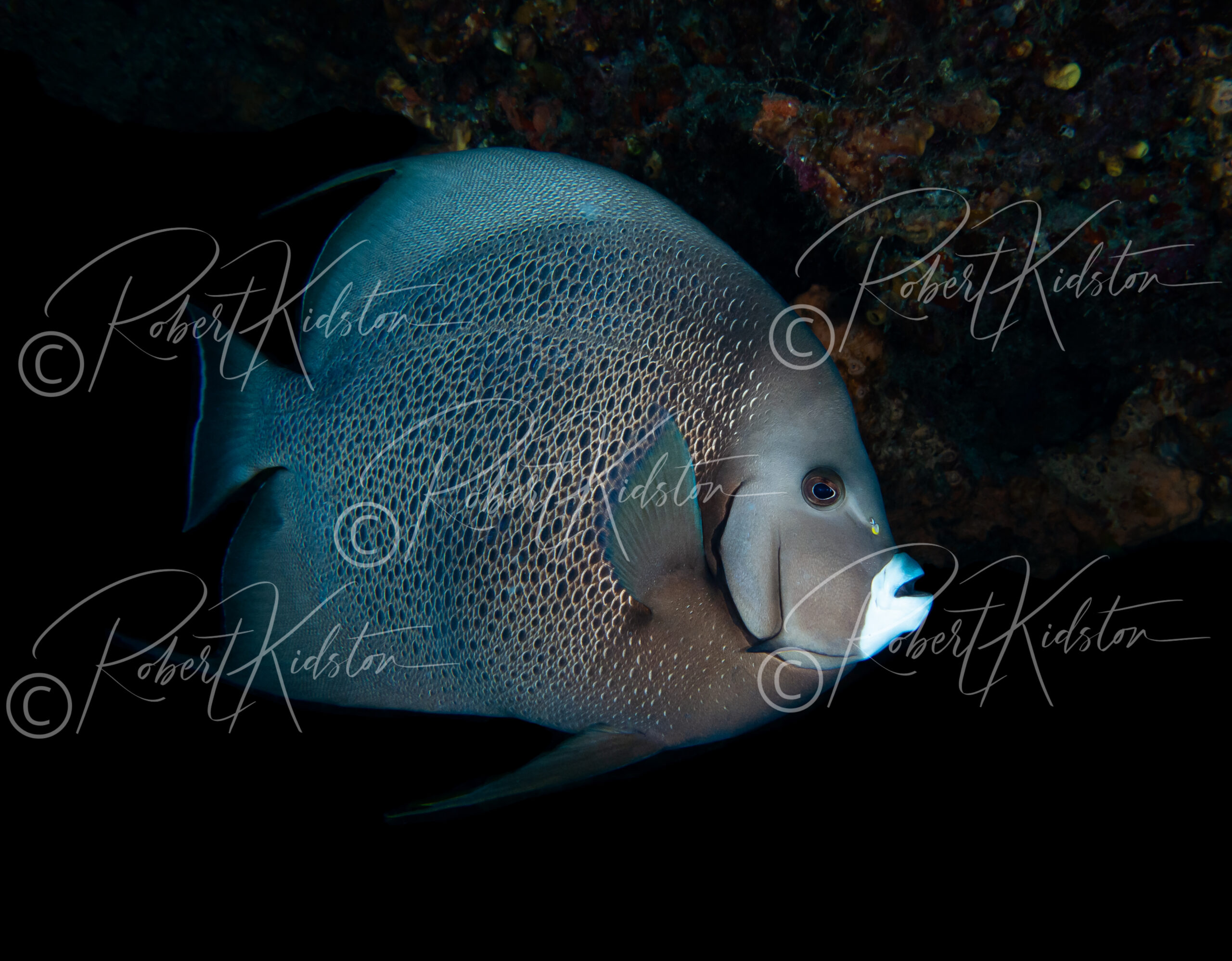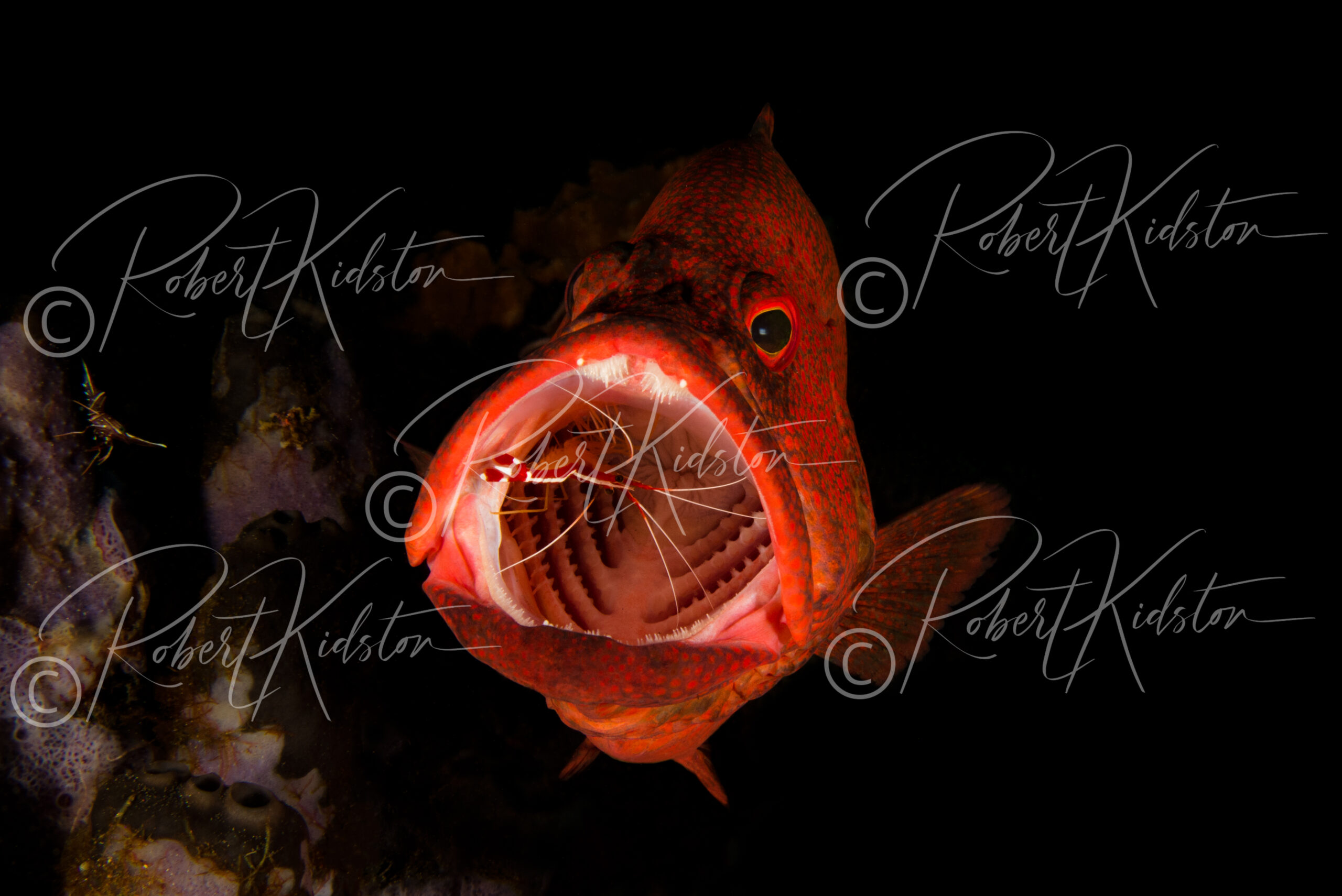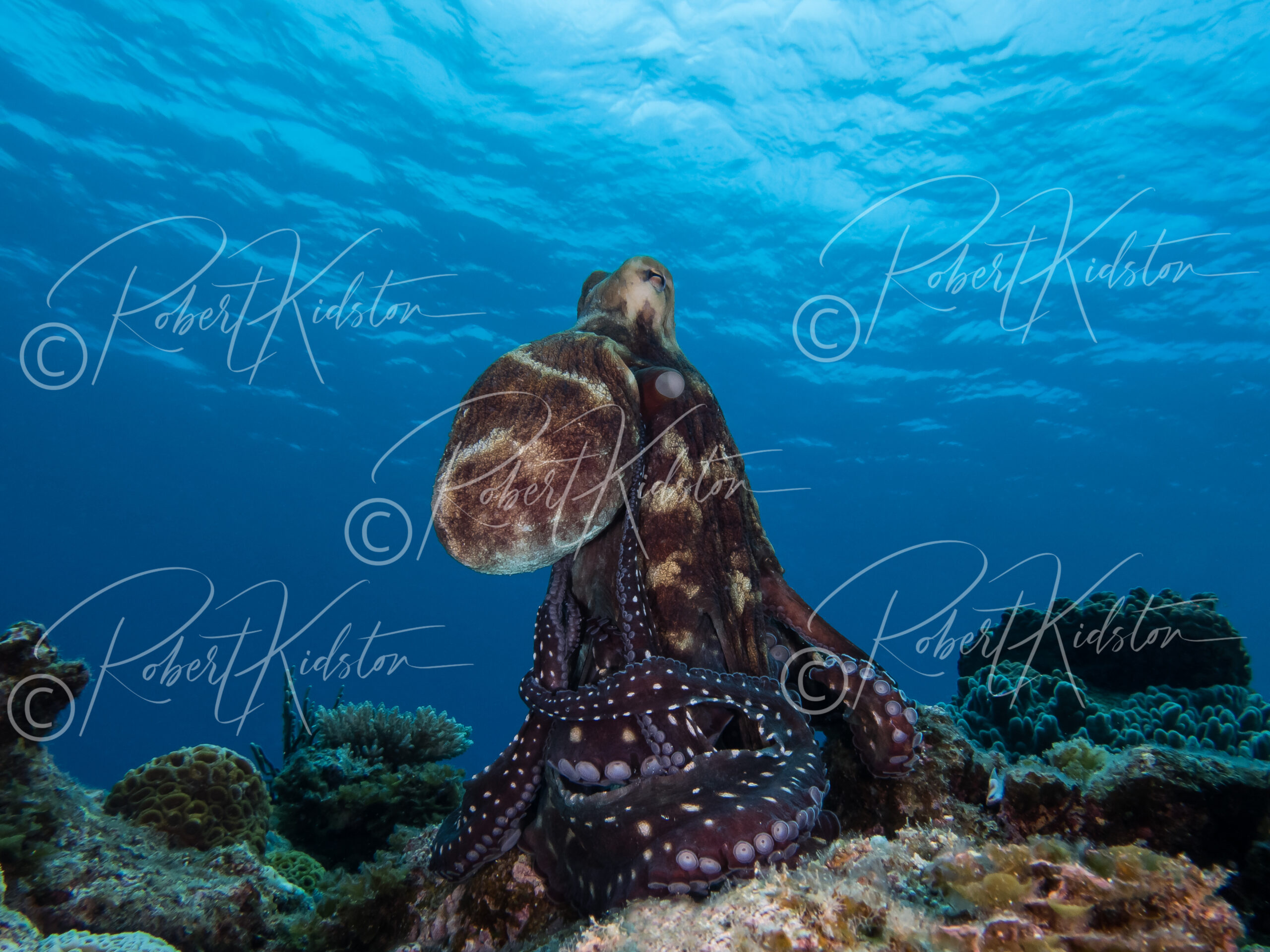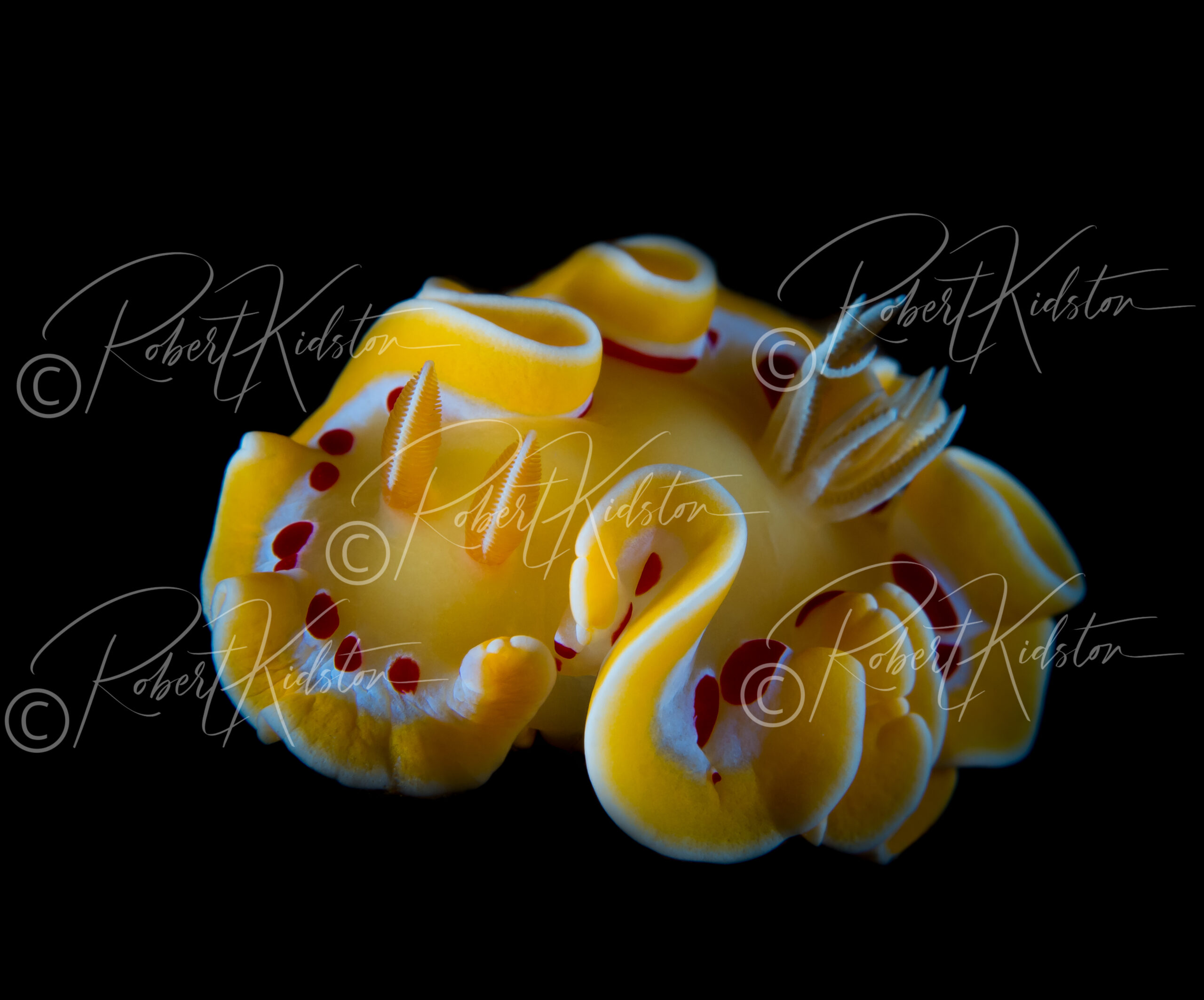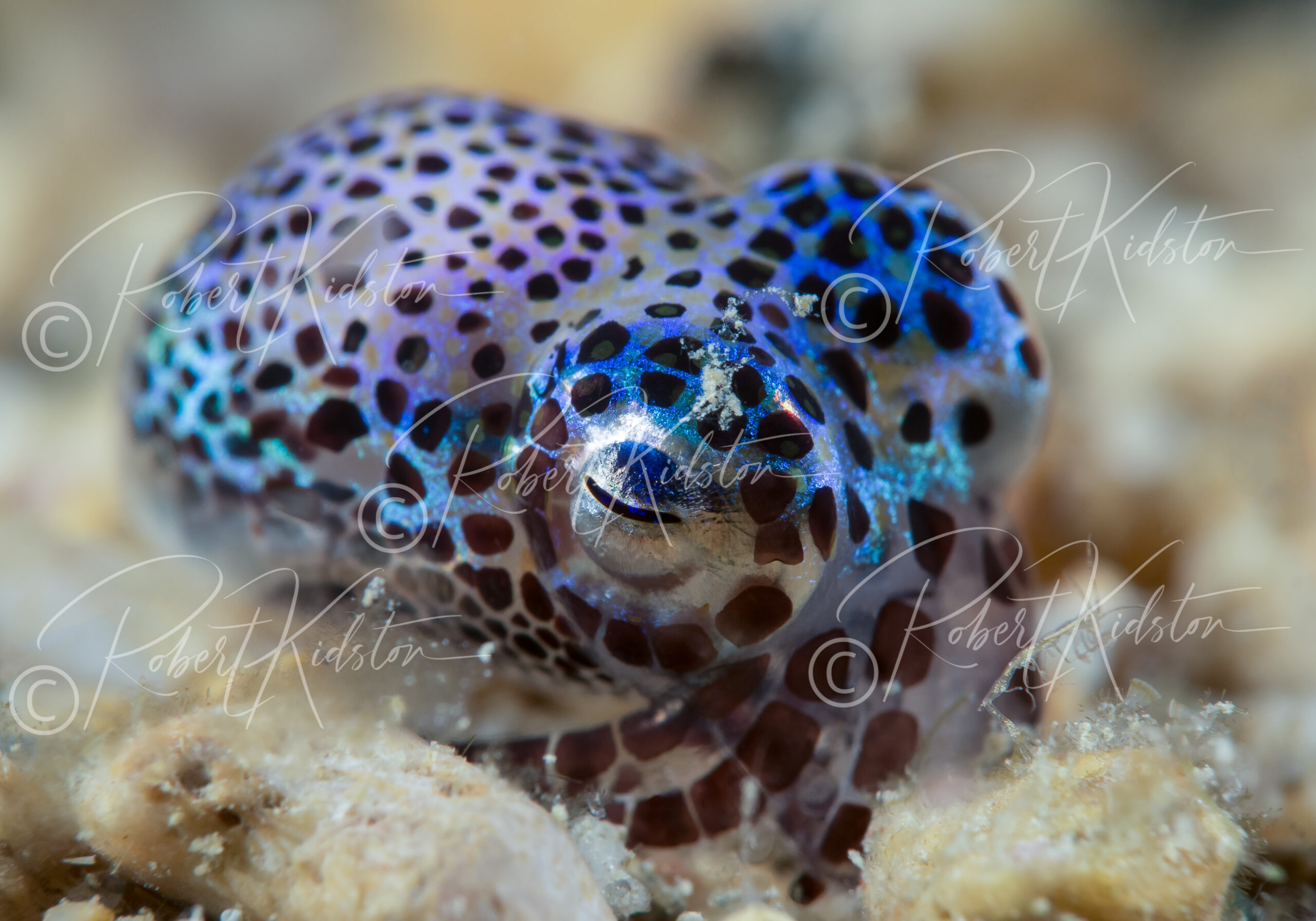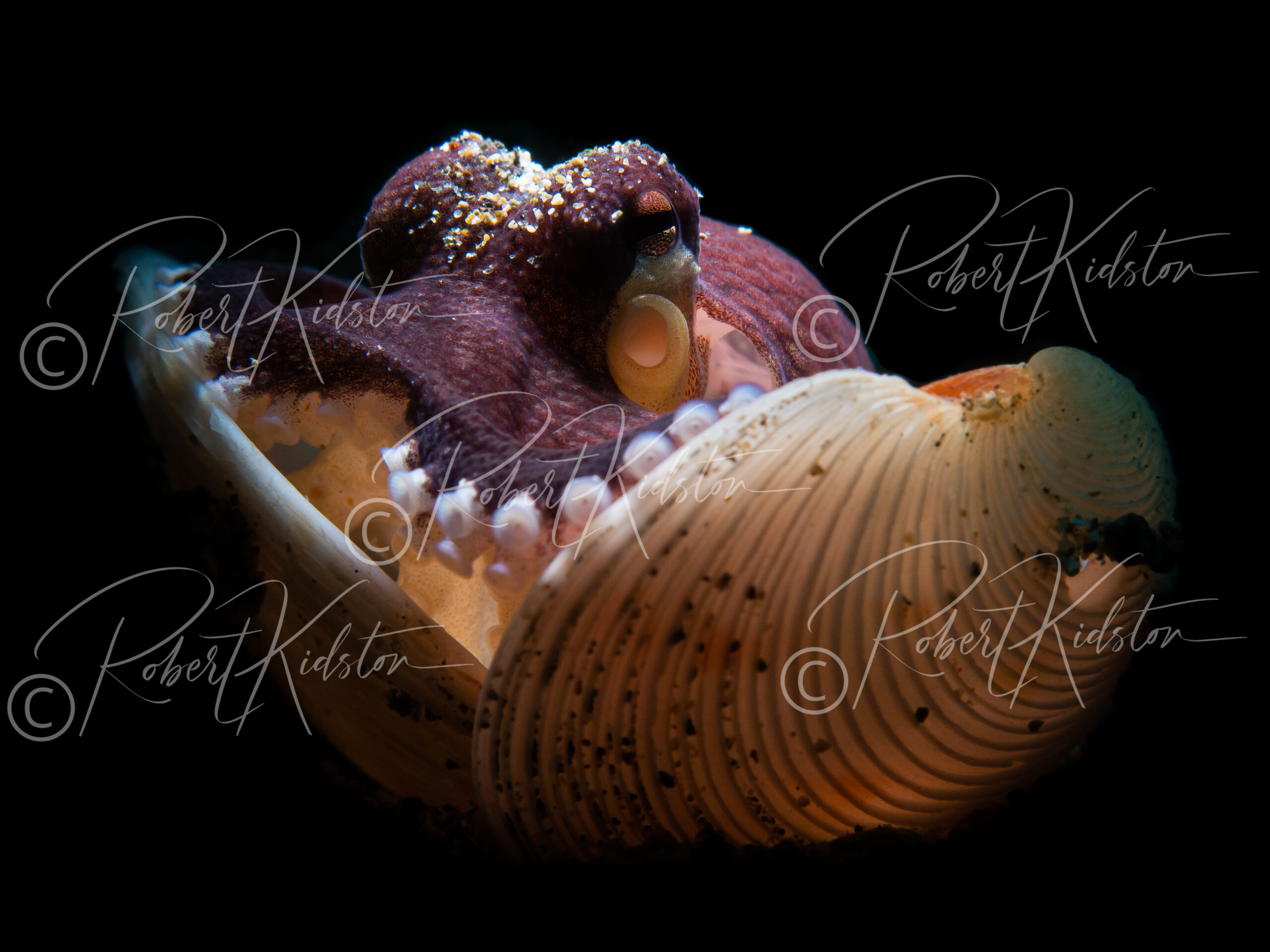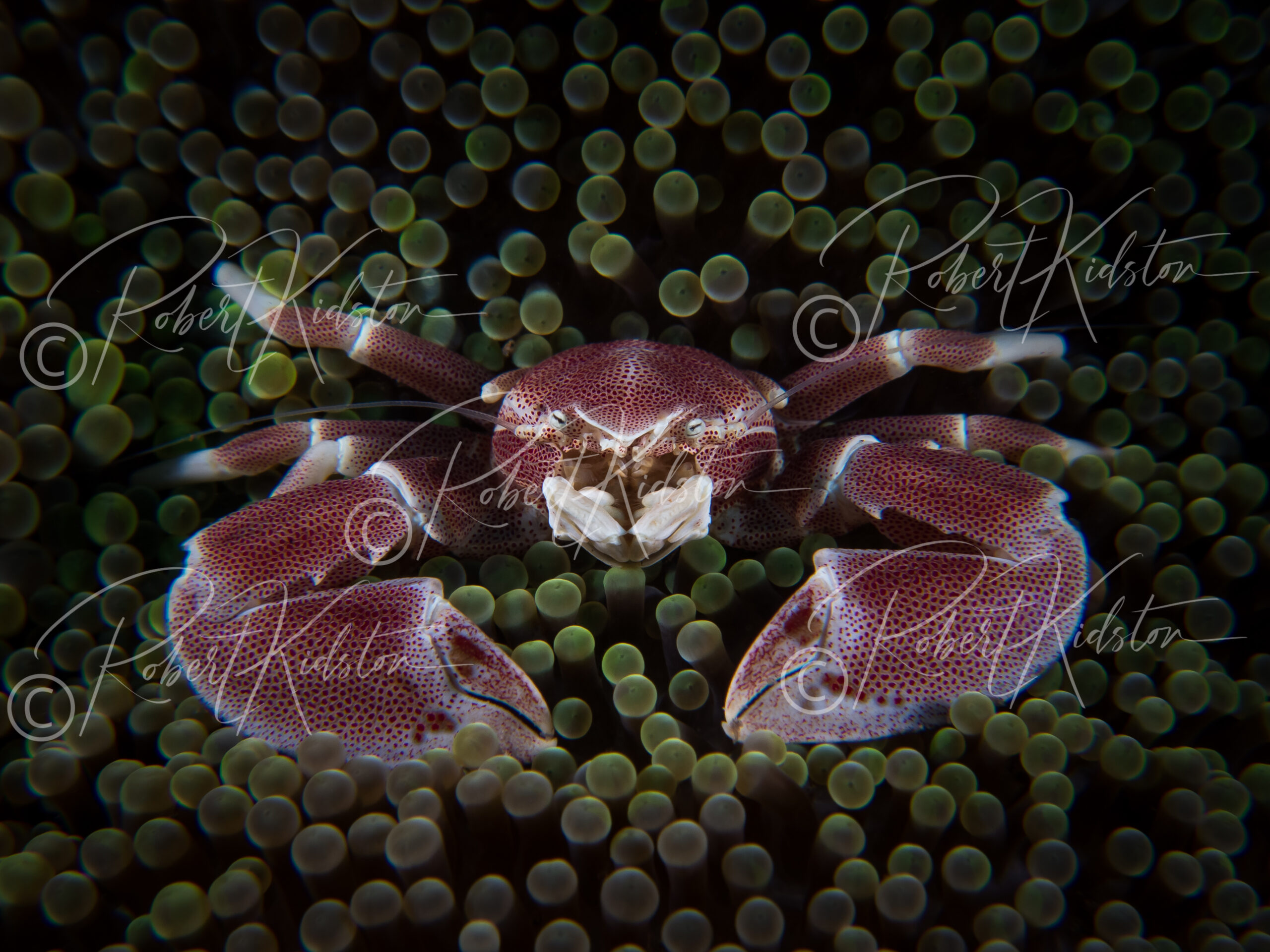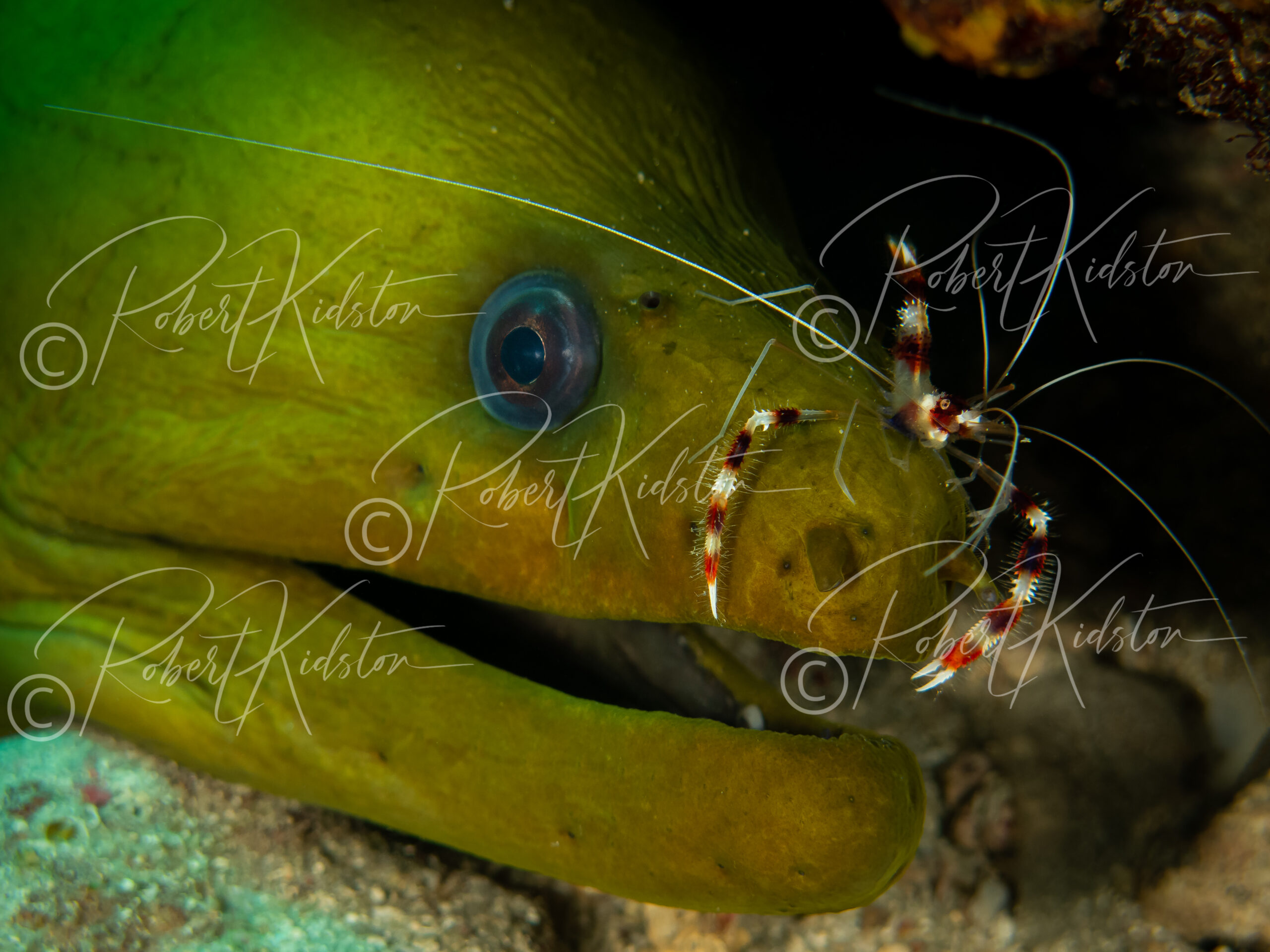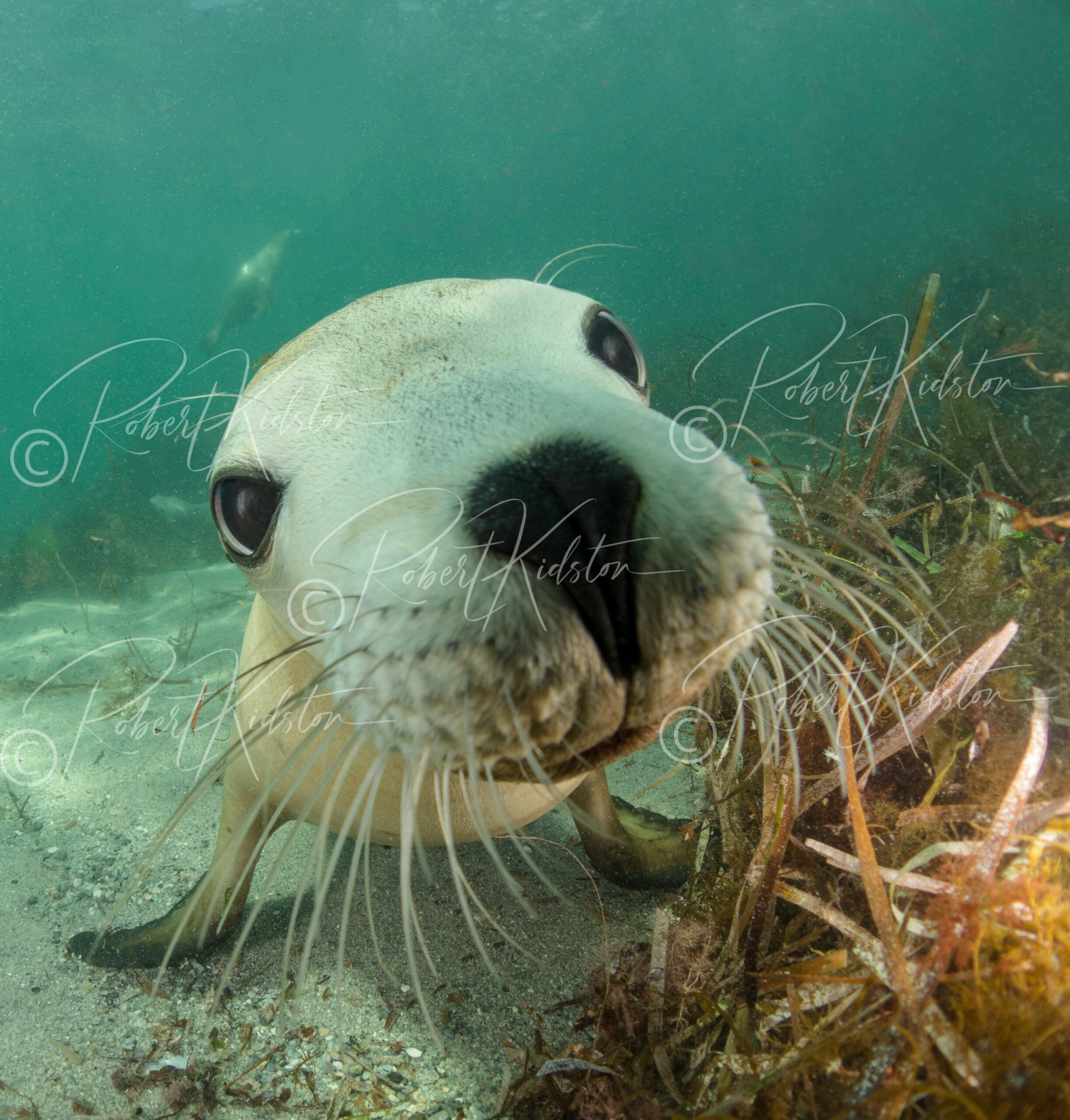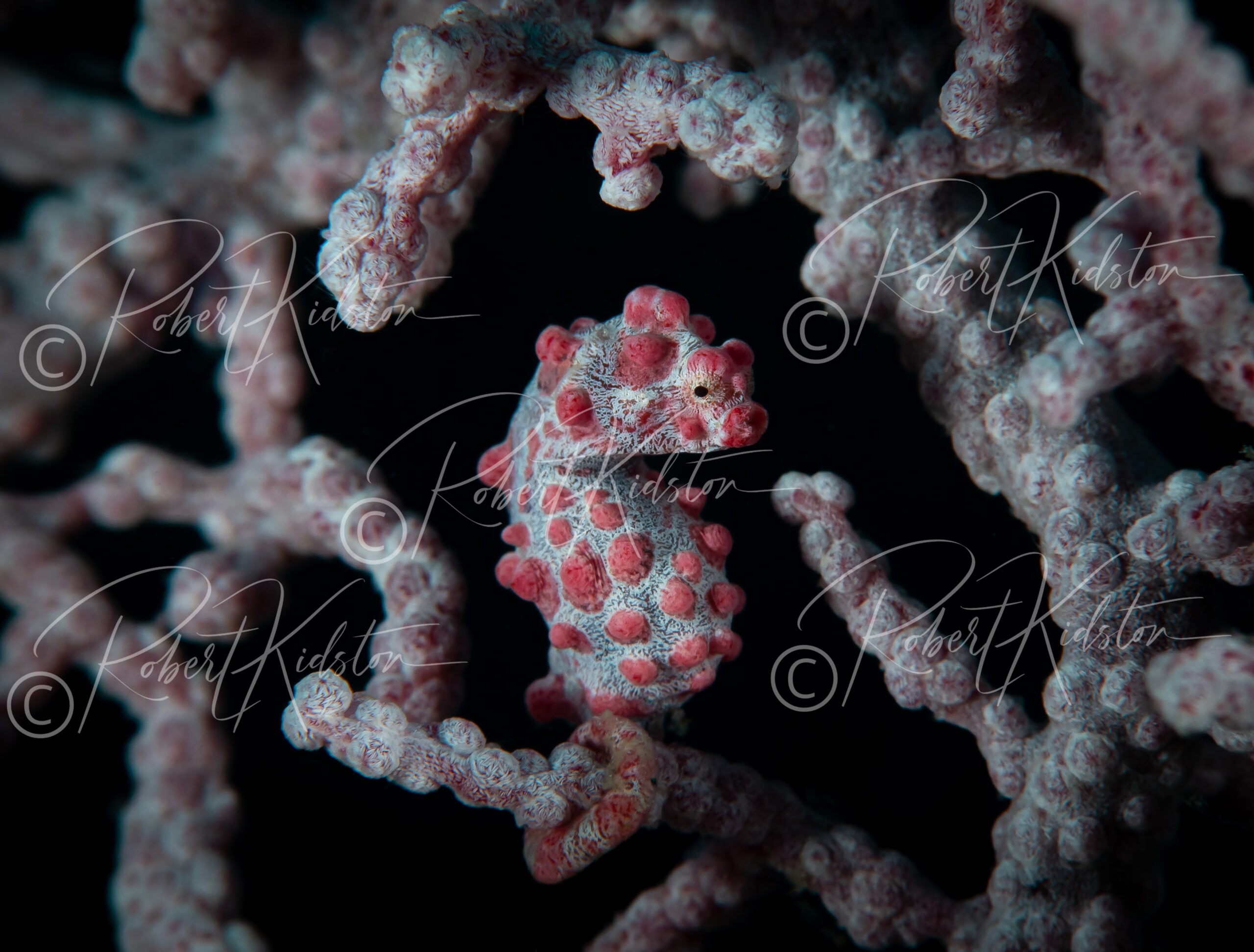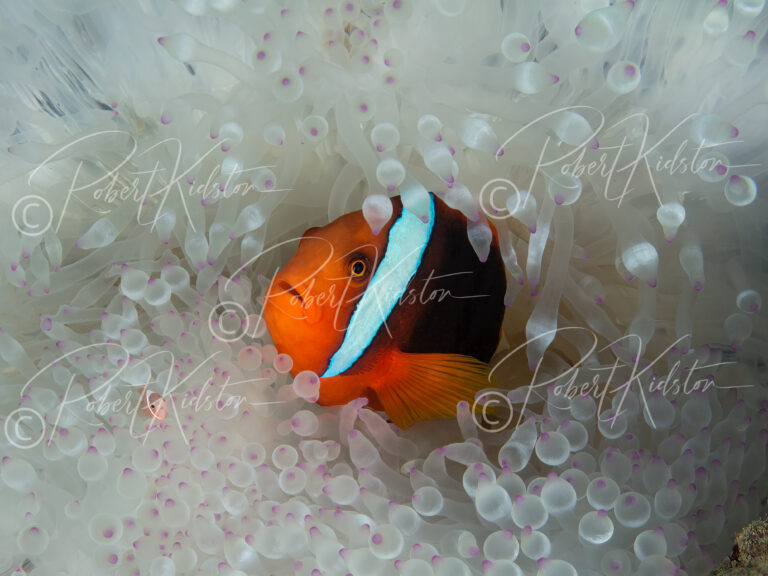Clownfish
Subject
Clownfish
Location
Okinawa, Japan
Equipment
Canon Camera, dual ion strobes
Dive
9 meters (30 feet at depth) during a day dive
Once in a while you take a photo and you get a surprise when looking back at the images. This was no exception. A little baby clownfish with her Mom. I normally take a couple of shots of this clownfish in hopes of getting one or two to come out. This anemone and clownfish were landmarks for me so I would not have to look at my dive compass. There are always reference points and landmarks underwater you identify with when you are diving the same spot over and over again. I liked venturing out to new areas but always came back to familiar ones. This anemone and clownfish were a great landmark. I knew I was almost done with my dive once I got to her. When I was taking this image, the clownfish was in and out of the anemone moving rather quickly, more than usual. I know realize she was probably uncomfortable with me being there with a little one around. If you read up on clownfish breeding, they say they do not rear their young. With this little one around, maybe he was the exception to the rule. Only later when I was looking back on images in the computer, did I notice that there was a little baby checking me out as well. Sometimes the best stuff happens on accident when you don’t expect it, when taking photos underwater. Photography is just part of the equation when underwater. When diving you have to factor more than just the camera. You are breathing underwater with equipment. You have to factor in your air consumption and your bottom time. You can always come back another day. In the hundreds and hundreds of dives that I took photos underwater, getting images of little clownfish babies only happened to me twice. Baby clownfish at that size are difficult to get an image of. Best to leave it to chance.
